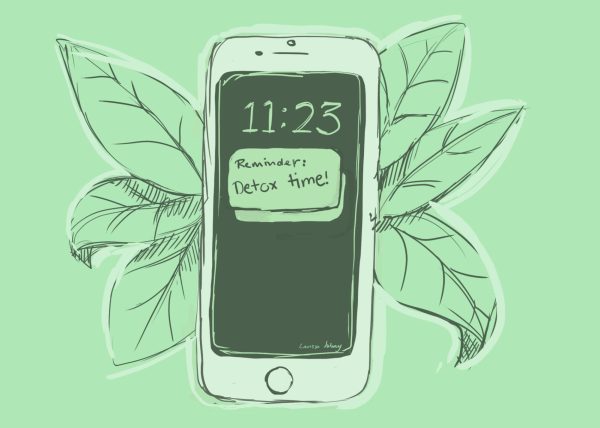AA Should be Testing More
Dropping to 20% testing was a bad idea
Raimond_Spekking (CC BY-SA 4.0)
Covid Testing has become fairly quick and easy.
The Academy’s system of testing the entire student population for COVID-19 weekly was, while annoying, effective. With this method, the school was able to limit community spread, catching individual cases before they passed to more people. After Spring Break, however, testing was relaxed, and now only twenty percent of students and none of the faculty are tested weekly. By testing only a fifth of each grade, Academy will not catch coronavirus cases until they have already reached a level of community spread. Testing only a portion of the group does not ensure the entire group is healthy. This is the equivalent of reaching into a bag of ten marbles, drawing two that are red, and assuming the rest must also be red.
An old adage of engineering relates that “if it ain’t broke, don’t fix it.” The Academy’s previous system of testing everyone was working well and was catching isolated cases before more people could get infected. If someone tested positive, they and everyone they had been in contact with quarantined for two weeks as per Center for Disease Control guidelines. While not a perfect system, it greatly reduced the chances of a large number of students contracting COVID-19.
After spring break, on March 30 to 31, the Academy tested the entire student body once, before shifting to the 20 percent testing model. The test used for the return after the break was a rapid oral swab, which, while allowing for quick response, has a greater than one in five rate of false negatives. Many students left the state and even the country during spring break. With the high rate of false negatives, it is likely that an infected student returned to campus without quarantining. With winter and spring sports in full swing, and our athletes coming in contact with students from other schools, it is even more probable that at least one will contract the virus. Many schools across the country have taken this into account, and are testing their athletes more frequently. Academy has elected not to do so, even with swimmers who must compete maskless or wrestlers who grapple skin-to-skin. In a population of healthy teens, it is easy for the symptoms to go undetected, leaving kids to spread the virus without realizing it.
As students prepare for summer break, many are relaxing their observance of social distancing precautions and mask wearing. While the administration responded well to this by sending out an email reminding students of the importance of the guidelines, the school did not respond as it should have by ramping up testing. The likelihood that a student with COVID-19 is chosen to be tested in a given week is only 20 percent. We are advised not to guess randomly on multiple choice tests, yet the school is doing the same thing with even worse odds and even greater consequences. In the high likelihood that an infected student is not tested in a given week, they will likely spread the virus to more students and faculty. While more community members are vaccinated, vaccination doesn’t eliminate the risk of transmission by any means. If the school wants to adequately protect us, the administration must test all students and faculty weekly.

Quinn Ennis ‘22 occasionally wrote for the Advocate from 6th grade through 10th grade but began to approach journalism more seriously during the pandemic...








Felipe Gonzalez • May 8, 2021 at 11:04 am
To be fair, yes, 100% of students being tested would be much more effective. And the tests we are using are not perfect. But the extremely accurate tests would be up to 70 dollars a pop, and to do this with all of the students would be extremely expensive (Going with a guess of an average of 200 students per grade and a quarter of people online, this would mean that 1050 students tested each week, with a rounding down of 50 dollars per test at wholesale, this would mean that every week, 52,500 dollars would be spent just on testing. This guesstimate would lead to about 630,000 in the whole trimester, using 12 weeks as the magic number. My guess is also not factoring in sales tax, hiring people to do the testing, the teachers, etc. While I like where you are going with your ideals, it would just be way to expensive to do perfect tests on everybody each week.). I think that a good alternative would be to test 40-70% of people with the bad tests each week, and then use the good tests on people who test positive, so as to ensure that there are no false positives.
P.S.- My estimate earlier did not account for the people who were vaccinated, which would bring that number down substantially, but still not enough to be feasible.